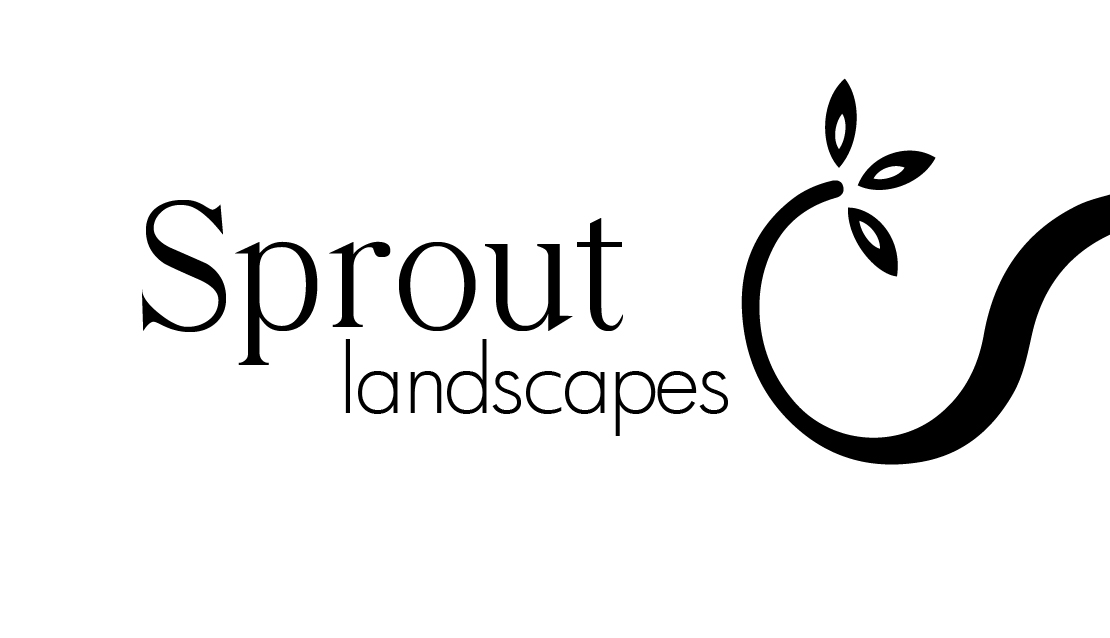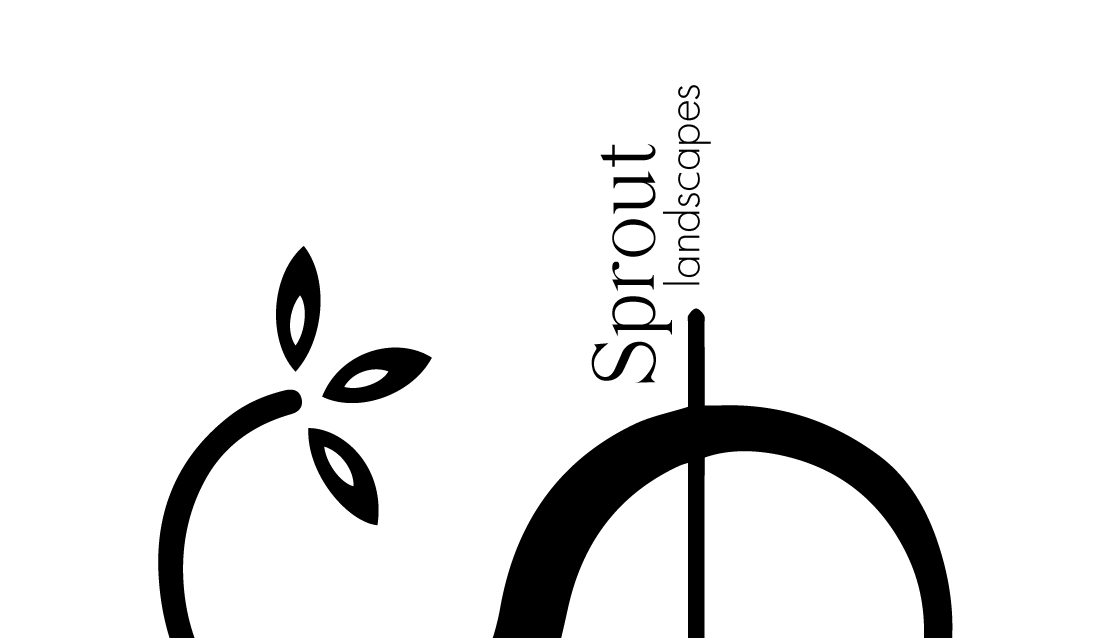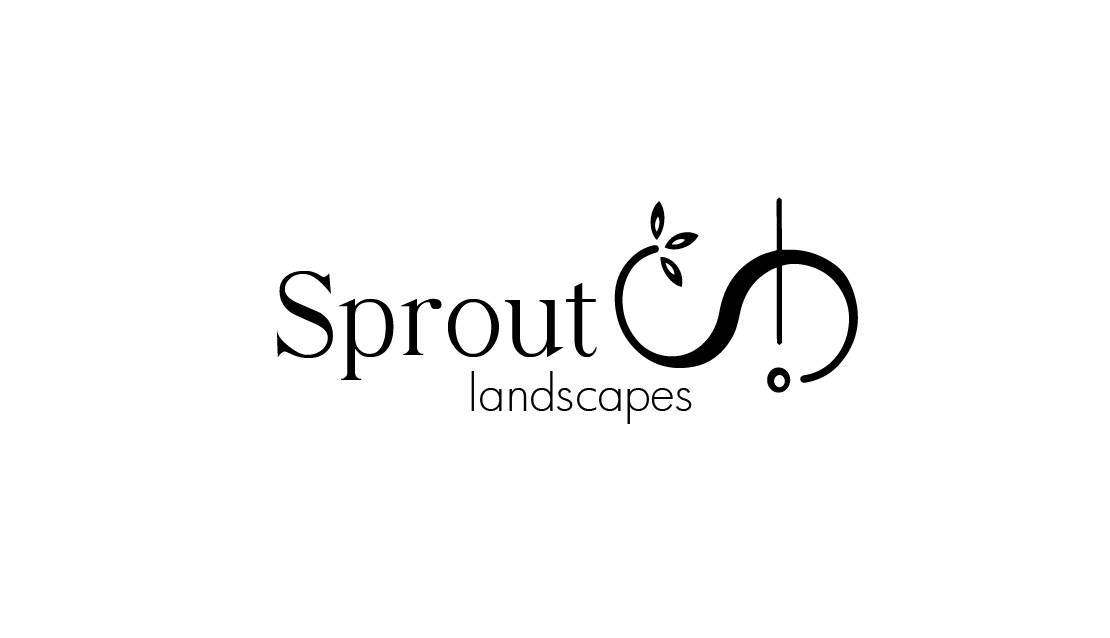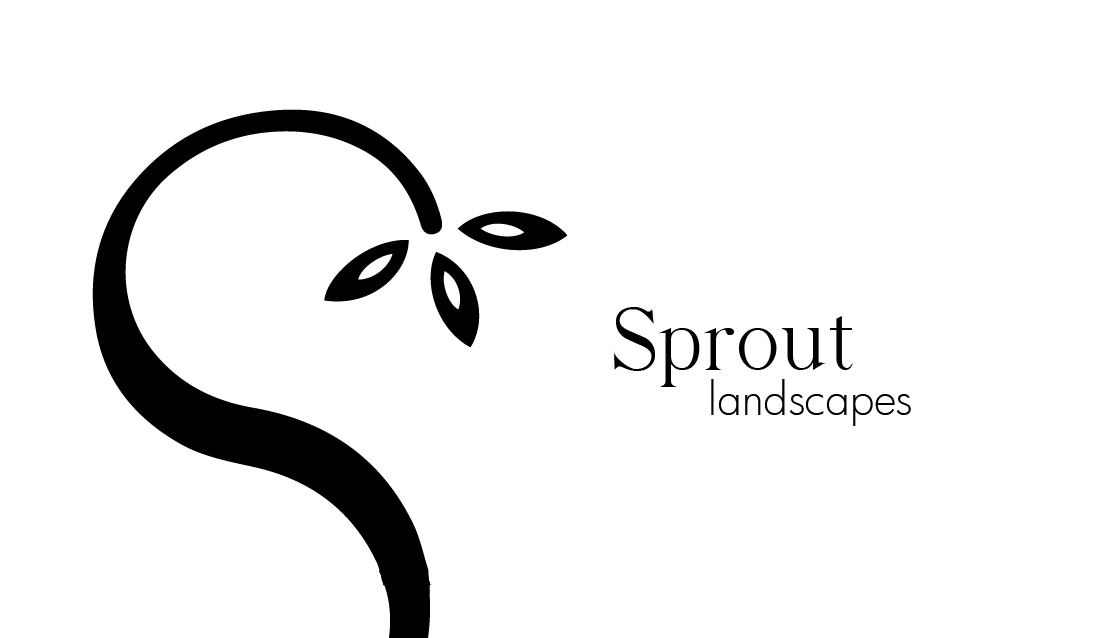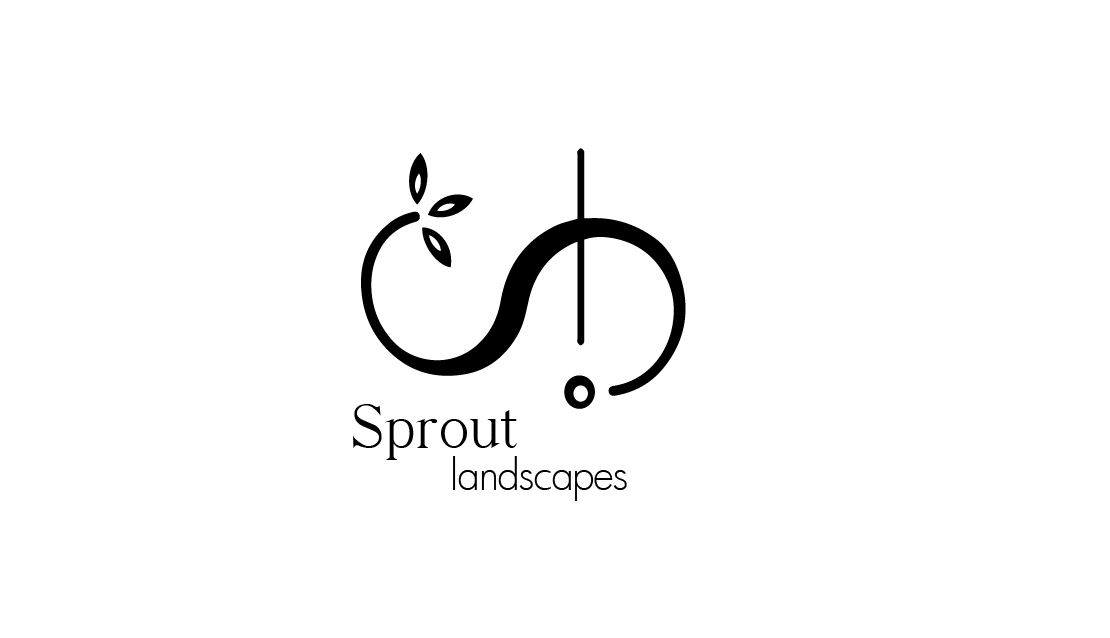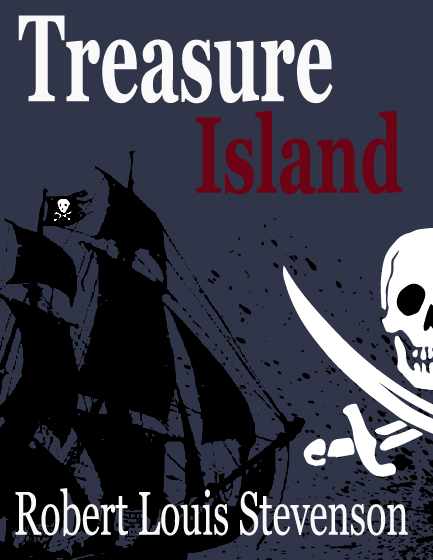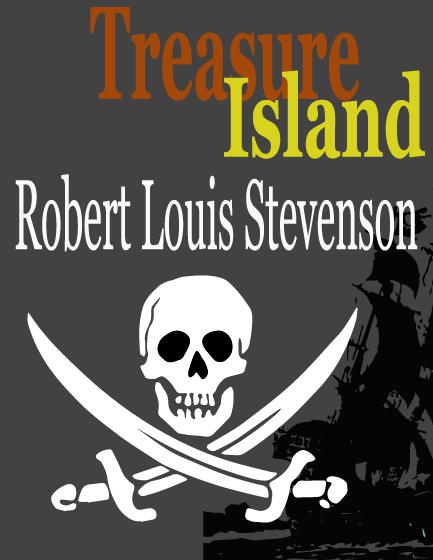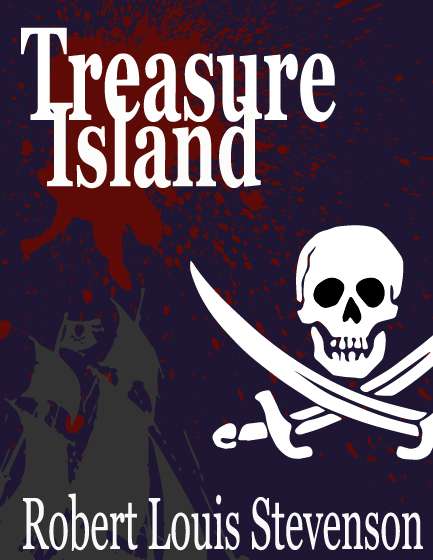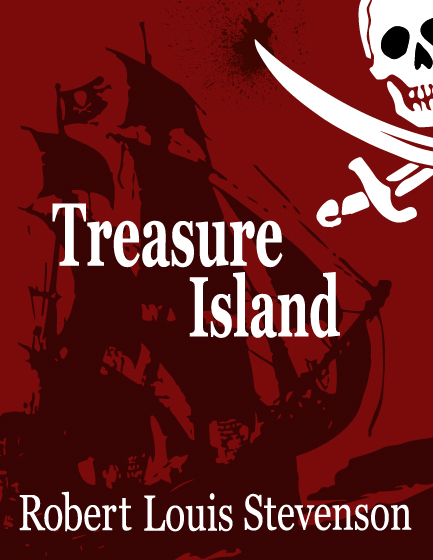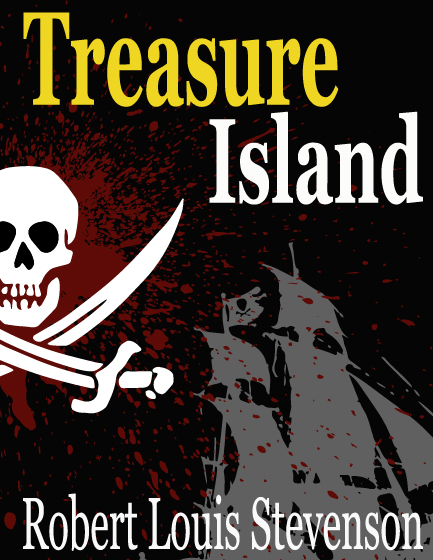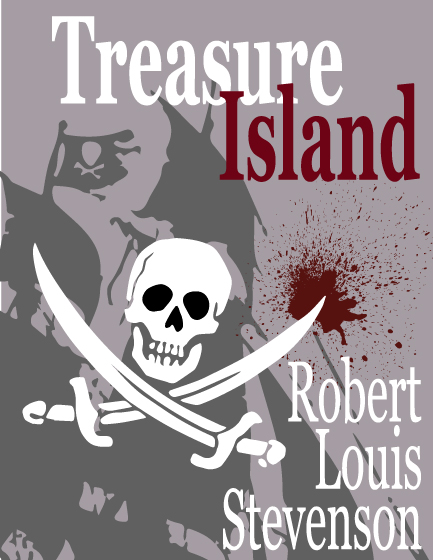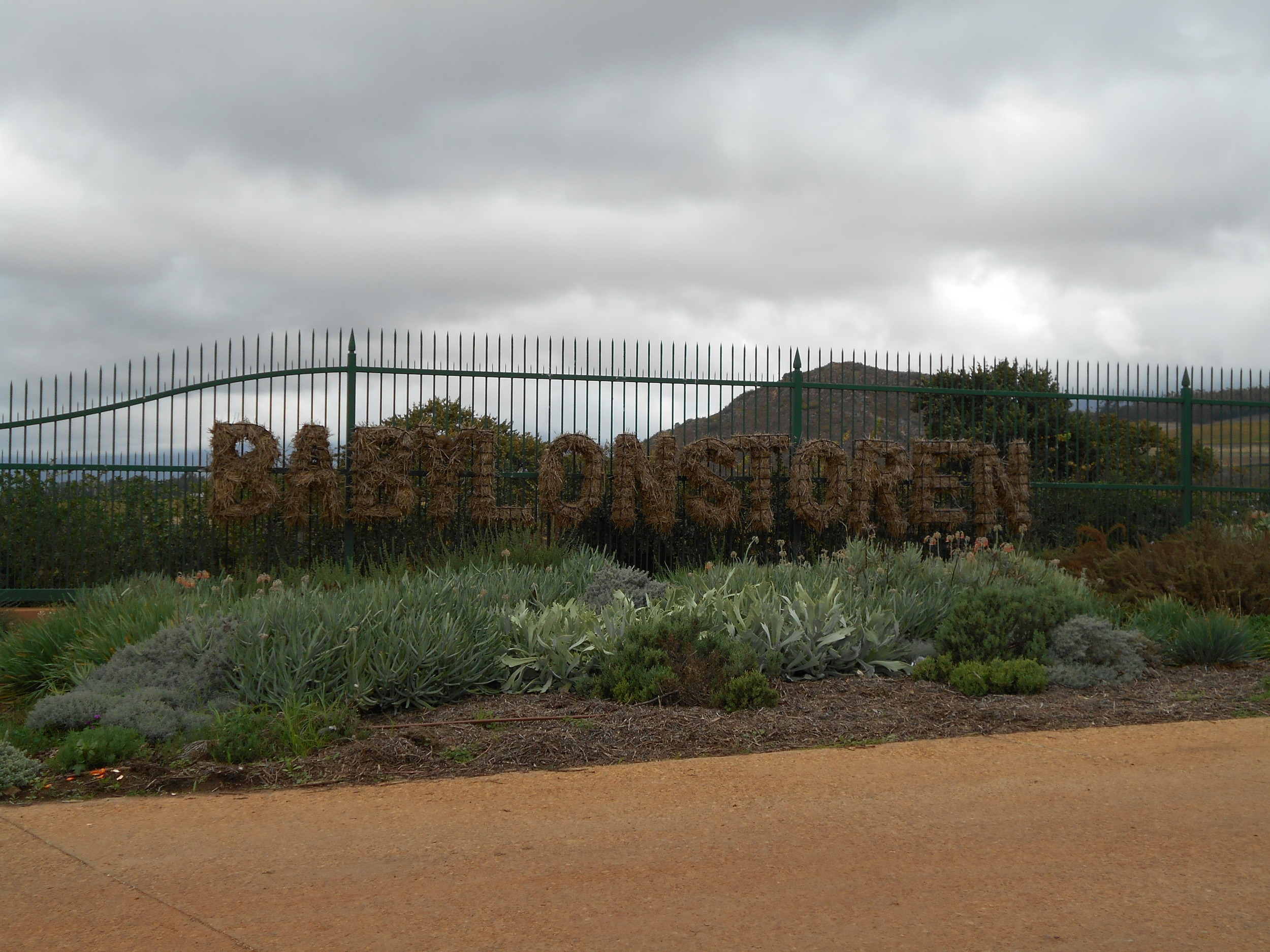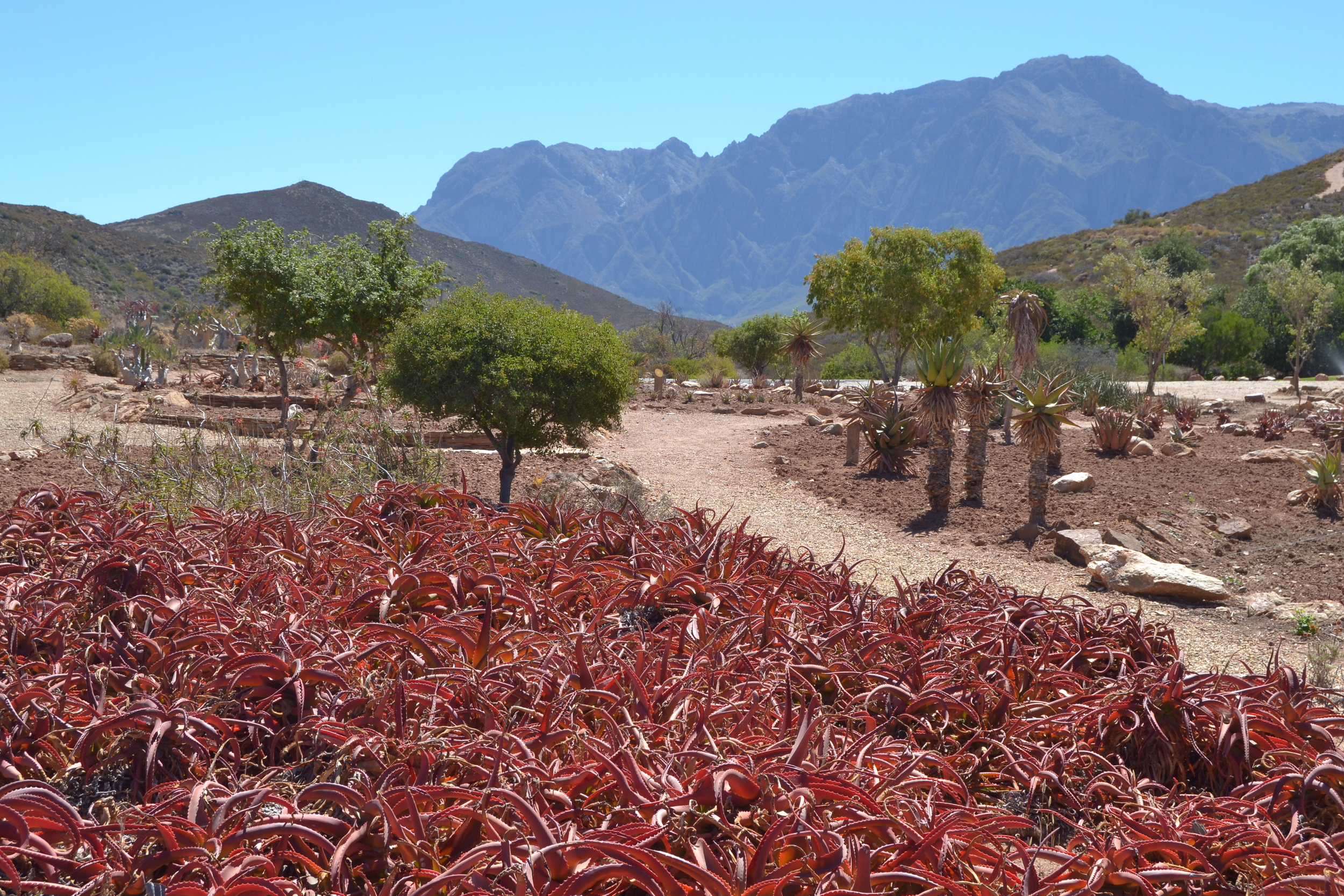On our way to Cape Town we stayed over in Beaufort West and went into the Karoo National Park for a few hours in the late afternoon. Day visitors pay R40 pp (RSA citizens).
Some interesting history about the park from the brochure: "During the late 1950s a local farmer William Quinton campaigned for a conservation area in the Beaufort West vicinity. However, it was only in the 1970s that the South African National Parks proposed the establishment of a National Park that would be representative of the Nama Karoo Biome after a campaign launched by the South African Nature Foundation and funded through the commission and sale of special art stamps, depicting the flora and fauna of the Great Karoo,"
I asked the ranger at the gate if there were actually lions in the reserve, and he proudly told me that there were indeed; eleven in fact. Considering the size of the park (just under 90 000 hectares) we realised our chances of spotting one were slim! Game is not abundant in this reserve (we saw 1x Gemsbok, 1x Kudu, 1x Red Hartebeest and some Klipspringer in our two hour stay) but this is a reserve you visit more for the landscape and experience rather than for animal spotting.
One such experience is driving up Klipspringer Pass: the road that snakes its way up the mountain is constructed with a beautiful, curving stone packed retaining wall. It is reminiscient of the Zimbabwe ruins and is quite beautiful to see. I wonder how long it took to construct?
There are lovely birds to see (more than 200 spp). Apparently the Park boasts one of the largest concentrations of breeding pairs of Verraux's Eagles (Black Eagles) in the country. We were fortunate enough to spot a pair soaring over Klipspringer Gorge Look out Point.
We didn't stay over in the park, but the beautiful Cape Dutch style self-catering units look picturesque with expansive views over the Karoo landscape. The campsite looked very inviting with lots of vegetation and grass as well as good facilities - we will have to come camp here one day! Visit www.sanparks.org to check availability or make a booking.
I didn't have high expectations for the the 300m Fossil Walk, but we decided to do it before heading back to town. The slightly raised stone pathway (wheelchair accessible) was beautiful: clean and smooth as it weaved its way through the golden grasses and Karoo scrub. I appreciated that plants were given name tags every few metres and the fossil boards were very informative. I have to admit that I am not all that excited about animals that lived and died millions of years ago, but I really enjoyed the walk because you get to experience the landscape and feel part of the nature that you are in. And isn't that we we are looking for when we go someone different: experience the place you are visiting, connect with the beauty around you.










































